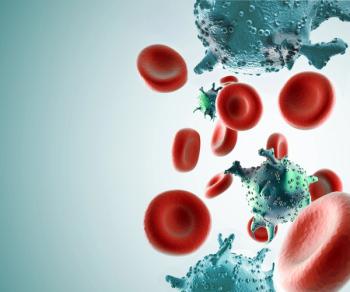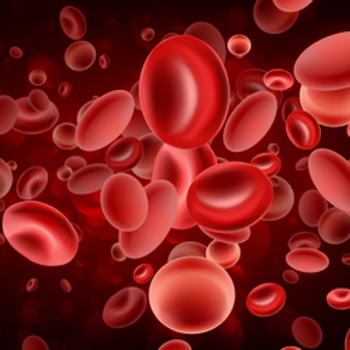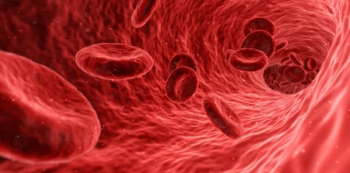
Oncology NEWS International
- Oncology NEWS International Vol 17 No 7
- Volume 17
- Issue 7
Yet Another Source of Oncology Profit Loss: Drug Distribution
As oncology drug costs to payers continue to soar-almost $200 billion annually and growing-new market forces are combining to allow health plans to aggressively manage oncology drug costs, which means less profit for community doctors.
ABSTRACT: Where is all the money in the drug distribution system going? To find out, look at the four types of costs that determine drug pricing.
As oncology drug costs to payers continue to soar-almost $200 billion annually and growing-new market forces are combining to allow health plans to aggressively manage oncology drug costs, which means less profit for community doctors.
But where is all the money in the drug distribution system going?
To identify who is making what portion of the profit in oncology drug distribution, there are four parts to consider in pricing:
1. Manufacturer’s cost: The technological cost to produce, shop, or otherwise bring the drug to market. Their profit margin should be transparent-they know the end user’s profit margin is, at a maximum, 6%.
2. Distributor’s cost: Includes acquisition costs, storage costs, and a reasonable profit margin. This margin is 2%, considering their cost is only 1% above the manufacturer’s cost. ASP (average sales price) does not include this 2% shipping, and distribution cost, and this is a permitted cost added on to the ASP.
3. GPO (group purchasing organization) cost: Commissioned to help medical oncologists in the community purchase drugs at their lowest possible price. The GPO secures a 0.25% to 0.75% discount from the distributor, who would negotiate an even better cost with higher volume. The manufacturer does need to know the demand to appropriately staff and manage production.
4. Acquisition cost (or oncologist’s cost): It should be ASP less 2% as an industry standard, but, in reality, it is typically 4% above ASP.
The Million Dollar Questions
The million dollar questions we should be asking:
• Who is taking the 2% to 4% profit margin? • Are all these costs necessary?
In the end, community oncologist practices are suffering profit loss from the drug distribution process because, for one, it is way too complicated.
Your thoughts?
CCP&P would like to hear your thoughts on what process the oncology community should engage in to eliminate both the GPO and distributor overhead factors. Please send your comments to:
Articles in this issue
over 17 years ago
National Cancer Survivors Dayover 17 years ago
New Indication for Velcade in Previously Untreated Myelomaover 17 years ago
Risk Factors for Mantle Cell Lymphoma Identifiedover 17 years ago
RAS Mutations Enhance Chemotherapy in AMLover 17 years ago
Antidiabetic Agent Metformin May Boost pCRs in Breast Caover 17 years ago
Eisai Seeks Full FDA Approval for Ontak for CTCLover 17 years ago
Symptom Screen Plus CA125 Detects Early Ovarian Caover 17 years ago
Cisplatin Linked to Cardiac Complications in Testicular Ca Patientsover 17 years ago
Updated X-ACT Study Results Presentedover 17 years ago
ThromboGenics and BioInvent Announce Alliance with RocheNewsletter
Stay up to date on recent advances in the multidisciplinary approach to cancer.

















































































